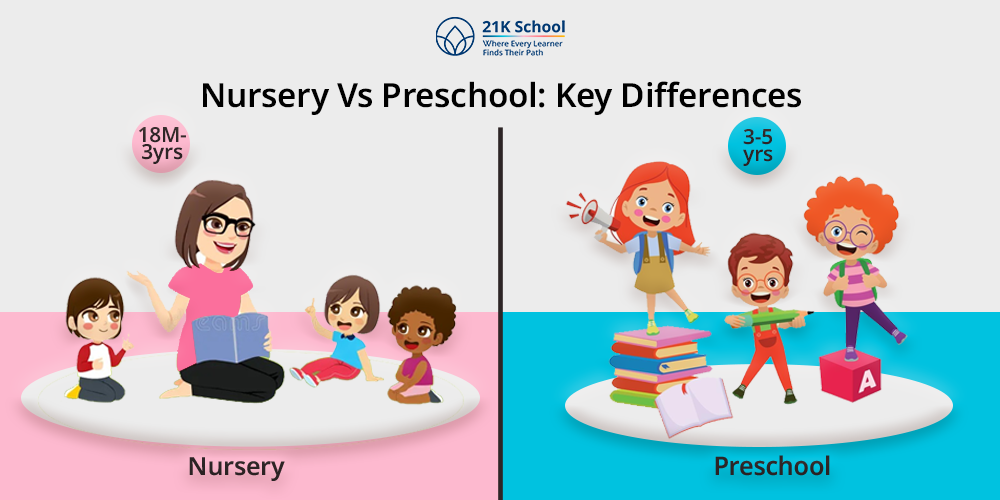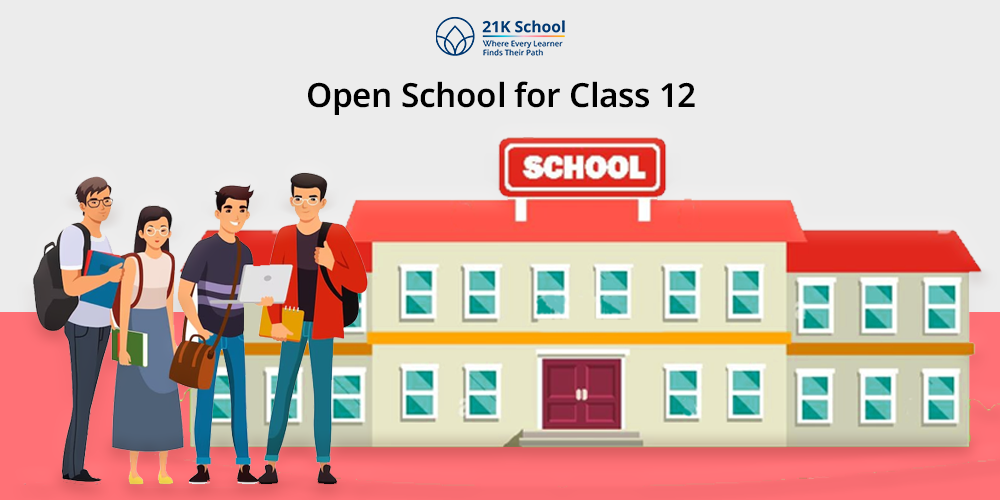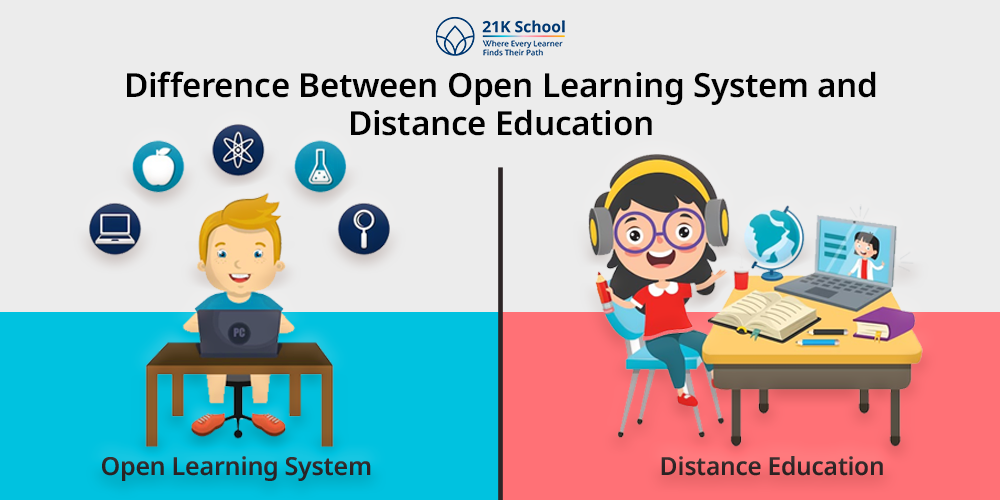Do you know why technology is crucial in developing the education system?
In this rapidly changing world, technology plays an integral role in developing the shape of classic education. Technology in Education is a new initiative of learning by implementing technology to enhance the learning outcomes.
Technology uses some e-learning tools or platforms to provide education to students and enhance learning opportunities through equal access to education. Educational technology is sometimes also referred to as the edtech industry.
The role of technology in changing education is to enhance earning opportunities by providing practical exposure and better job opportunities to students.
The contribution of online education also focuses on remote learning and hybrid learning through which students can complete their education from the comfort of their home.
Contents
What is Technology in Education?
Technology in education can be defined as the implementation of technology or technical terminologies in education.
Educational technology includes the use of digital tools and resources such as apps, online courses, webinars, multimedia, web servers, educational platforms and so on.
Educational technology uses Information Communication and Technology (ICT) to enhance the learning outcomes of digital learning. Technology in education is also known as the Edtech industry.
The use of ICT in education helps teachers to teach students more effectively and enhances students’ engagement through interactive classes.
Technology in education uses AI, virtual reality, 3d animation, and so on. This enhances learning speed and boosts confidence.
Importance of Technology in Education
Technology in Education is one of the effective ways of promoting inclusive education. Through technology, students can understand the concepts more easily, and it also enhances their concentration level.
It is very much essential to implement technology in education for better outcomes. Here, you can check why technology in education is essential.
1. Boost Creativity:
Technology in Education helps in boosting creativity among students. By implementing technology in education, students can develop technical skills.
By using new technical methods, kids become more engaged in online classes as compared to regular classes.
2. Accessibility:
Technology in education allows easy access to educational resources, such as books, study materials, research papers and so on.
Students who reside in remote areas can also avail of quality education, study materials, and educational tools from virtual learning platforms and can continue their studies from one place.
3. Worldwide Collaboration:
Technology provides a facility for worldwide collaboration. Now, students and teachers can connect through any geographical boundaries.
The interconnection between the world allows to promote and learn the culture, diversity and skills.
4. Practical Scenarios:
Tech in education helps in reducing the gap between theoretical education and practical education.
Through this, students can engage in interactive sessions that allow them to apply concepts to real-life scenarios.
With the help of simulation, VR/AR, Illustrations, virtual labs, and multimedia content, children can intensify their problem-solving skills.
5. Professional Growth:
ICT in education also enables professional growth among teachers and faculty members.
Online courses, webinars, multimedia collaboration, and online teaching allow teachers to update with the latest technical trend. This enables teachers to have a professional understanding of the technical approaches.
Contribution of Technology in Education
Technology in education plays an integral role in developing the education system and enhancing the teaching-learning experience.
Technology has contributed a lot in developing the Indian education system by providing a digital initiative of teaching learning process.
In today’s generation, technology has become a part of our lives and contains every aspect of digital literacy. Below, you can check what contributions in education have been led by technology.
- 21st Century Skills: Technology has become a prime part of the 21st century, and learning technical skills is very much essential in the 21st century.
- Technology in education helps children to learn various aspects of technical learning. This helps students to gain more knowledge and boosts their learning experience through technology. Even NEP 2020 focuses on online learning.
- Blended Learning: Technology in Education focuses on blended learning. This means children can complete their education through regular mode as well as online. Various institutions and schools offer blended learning programs to increase the productivity and learning outcome of students.
- Online Learning: Technology in education means online learning. Students can complete their education online mode. Online education contains some virtual platforms where student can continue their education. Even various schools and institutions also provide online learning, which enhances efficiency and flexibility among students.
- Multimedia Learning: Technology in Education focuses on multimedia learning in which students can learn concepts through videos, animations, and games. This allows students to become more engaged and has a huge impact on their minds. Through multimedia, students can understand hard concepts easily.
- Distance Education: Through technical education, Distance education came to existence. In Distance education, students can complete their education in online mode with the help of online tools and resources. This helps students to complete their education along with their work.
Use of Technology in Education
Integrating technology is very important for education as the world is rapidly moving towards technical approaches.
Technology in education provides students with various opportunities and achievements. Below, you can check the use of technology in education.
1. Remote Learning:
One of the effective uses of technology in education is to promote remote learning. Through remote learning, students can complete their education from the comfort of their home.
This allows students to become more engaged and develop other skills as well. Even 21K school also provides remote learning opportunities.
2. Gamification Method:
The Use of technology in education has enhanced the development of the gamification method in education.
Through gamification, students can learn more concepts easily and appropriately, which allows them to become more engaged. Gamification makes learning more fun and develops inclusiveness.
3. Access to Information:
The use of technology in education also provides access to information widely.
With the help of technology, students can gain access to every information; this allows students to understand more concepts and enhance their learning opportunities.
4. Personalized Learning:
Technology in education provides the personalized experience of education.
As various e-learning platforms provide 24/7 education, this allows students to complete their studies more efficiently and according to their comfortability.
5. Efficient Teaching:
Technology helps teachers to teach more efficiently and also helps to track the records of students.
With the help of software, digital platforms, and ebooks, teachers can teach students accordingly, and by using tracking software, they can record their educational journey.
Types of Educational Technology
Educational technology doesn’t mean only online education with the help of visual platforms.
Educational technology contains a huge types that use different educational methods to convey study materials. Below, you can check the types of educational technology.
1. Synchronous Learning:
Synchronous Learning is a most used Edtech method in online education. Synchronous learning is a type of learning that happens in real time through video conferencing.
In synchronous learning, teachers and students interact in online mode through video platforms such as Zoom, Google Meet, etc.
2. Asynchronous Learning:
Asynchronous learning is a method of learning in which there is no real-time learning.
In asynchronous learning, students will get study material and pre-recorded videos through which they can study according to their time. The asynchronous method is mostly used in Distance education.
3. Collaborative Learning:
Through collaborative learning, students can collaborate visually. Students can collaborate digitally through workspaces, social media sites, group projects and group interactions.
This method helps in boosting teamwork and collaboration skills.
4. Blended learning:
Through blended learning, kids can finish their education both online and through traditional methods.
To improve student productivity and learning outcomes, a number of organizations and educational institutions provide blended learning programs.
5. Mobile Learning:
Mobile learning is basically acquiring education through mobile phones and tablets.
As the majority of students use mobile phones, providing educational content in mobile phones will help them to easily access the education.
Benefits of Technology in Education
Technology in education helps in developing cognitive skills and critical thinking abilities by enhancing technical knowledge among kids.
Schools and other educational institutions are utilizing technology in today’s global marketplace to improve student performance, teaching efficiancy and learning methods.
Here are the benefits of technology in education.
- Enhance Collaborative Learning: Through technology in education, students can effectively learn Collaboration. Students can collaborate in real time no matter how far away they are by using tools like educational applications shared documents, and video conferencing.
- Promotes Digital Literacy: Online learning helps students to promote digital literacy, through digital classrooms, students can enhance their learning outcomes and help in developing educational programs digitally.
- Equal Education: Technology in education promotes students to have equal access to learning opportunities. Through online learning, student can learn from anywhere and have equal access to education irrespective of their backgrounds and social limitations.
- Flexible education: Online education also helps in providing a flexible routine. Due to the flexibility of online classes, students can participate in other skill development programs. This will develop students’ creativity and innovative skills.
- Cost Effective: Technology in the classroom facilitates learning, or we could say that online learning is more economical and efficient. Rather than going for the procurement of textbooks as well as papers, schools and students can obtain free or relatively affordable e-materials.
Challenges of Technology in Education
As the technology in education is so much effective and provides lots of opportunities,still faces lots of challenges. These challenges created hindrances in providing quality education. Below, you can check the challenges faced in technology in education.
- Lack of Teacher Training: Various teachers don’t have any proper knowledge of digital literacy or find it hard to deal with online education. It is essential to provide proper training to teachers on digital learning. Training such as the e of digital platforms, how to prepare online programs, and so on. This allows them to deal students in online mode.
- Lack of Infrastructure: Lack of infrastructure is one of the major issues in online education. Most of the schools and institutes don’t have any adequate resources for providing online education. Still, in the 21st century, various schools find it tough to provide technical resources, such as internet, visual platforms, study materials, etc.
- Outdated Curriculum: The curriculum of the Indian Education system is outdated. As they don’t focus on providing online education but rather focus on traditional methods of learning. Due to outdated curriculum, children find it tough to get technology in education.
- Lack of Proper Budget: The Indian Education System doesn’t provide any proper budget for technology in education. To cut down the budget, the education system needs to focus more on theoretical learning. This also creates hindrances in getting online education.
- Resistant to Change: One of the major reasons for hindrances in technology in education is resistance to change. Most teachers and students do not want to change for adapting open education as they are rely on regular classes.
Disadvantages of Technology in Education
Technology in Education has so many benefits and promotes quality learning opportunities, but there are also some disadvantages. Below, you can check the disadvantages of technology in education.
- Privacy Concern: The increased use of technology in the classroom means that both teachers and students must be mindful of their privacy settings. Leak of privacy has become a very common issue in online learning, so it is essential to be alert while attending online classes.
- Lack of Physical Activity: The use of technology reduces their physical activity levels by increasing their sitting time. This type of lifestyle can have detrimental effects on a child’s body if it is not coupled with physical activities that engage the outside world.
- Distraction: One of the major reasons for online education is distraction. Students find it difficult to focus during class because they are easily distracted by other things like social media, games and other entertainment websites.
- Lack of Face-to-Face Interaction: Given that technology is the primary means of communication, among other factors, students are probably going to engage with others less. It may affect a child’s ability to interact with peers, comprehend their emotions, and speak in a typical social situation.
- Lack of Motivation: As in online education, children sometimes feel demotivated and, hence, lose interest in education. As in online education, there is no one to motivate you.
Conclusion
Technology is essential to improving learning changing the educational system and giving students a variety of options.
Through the integration of digital tools and resources educational technology facilitates personalized learning encourages inclusivity and stimulates creativity.
Even though there are many advantages to technology in education such as increased flexibility, collaboration and information access, there are drawbacks as well like poor infrastructure a lack of teacher preparation and possible distractions.
Striking a balance between utilizing technology and preserving crucial human interactions is crucial as we traverse the rapidly changing educational landscape in order to guarantee that every student has a comprehensive educational experience.



